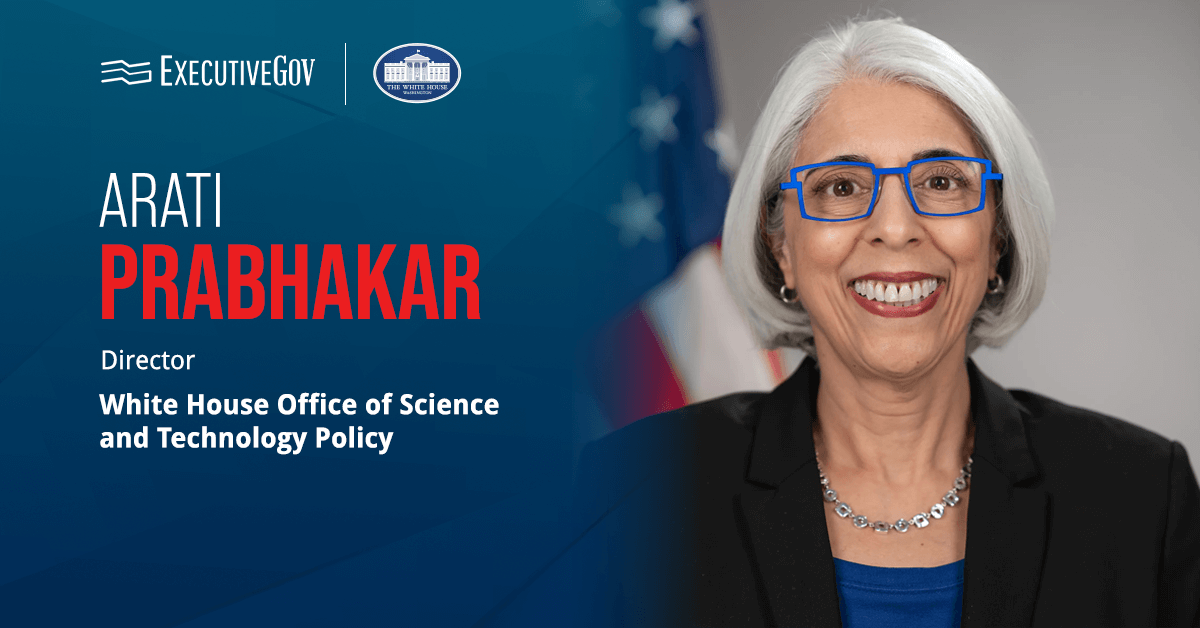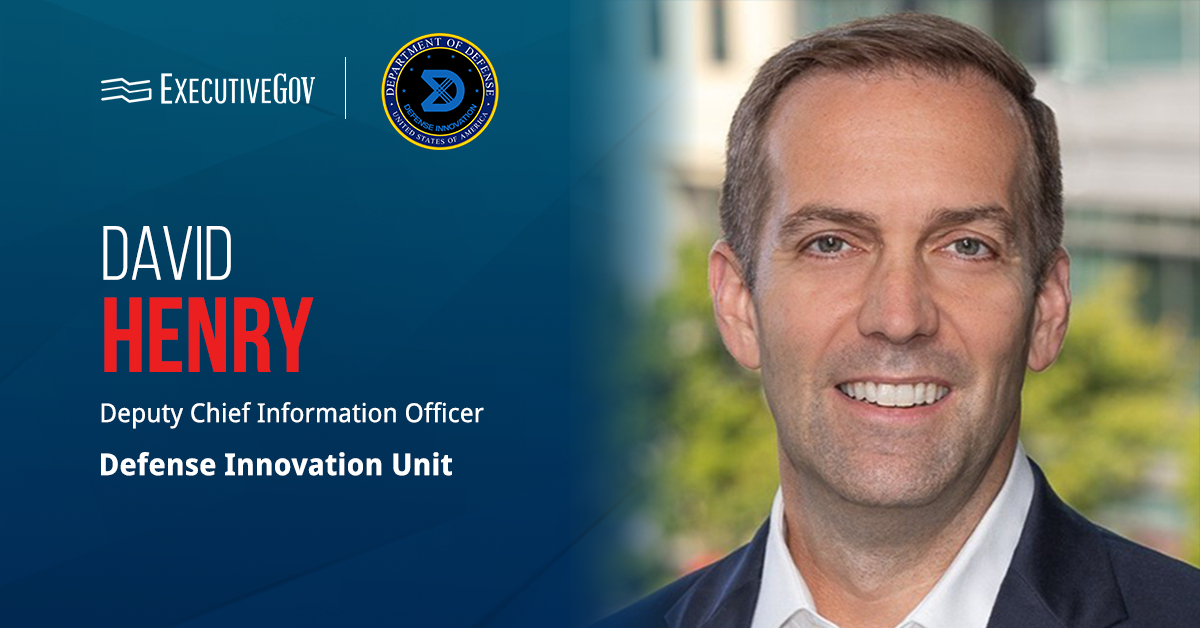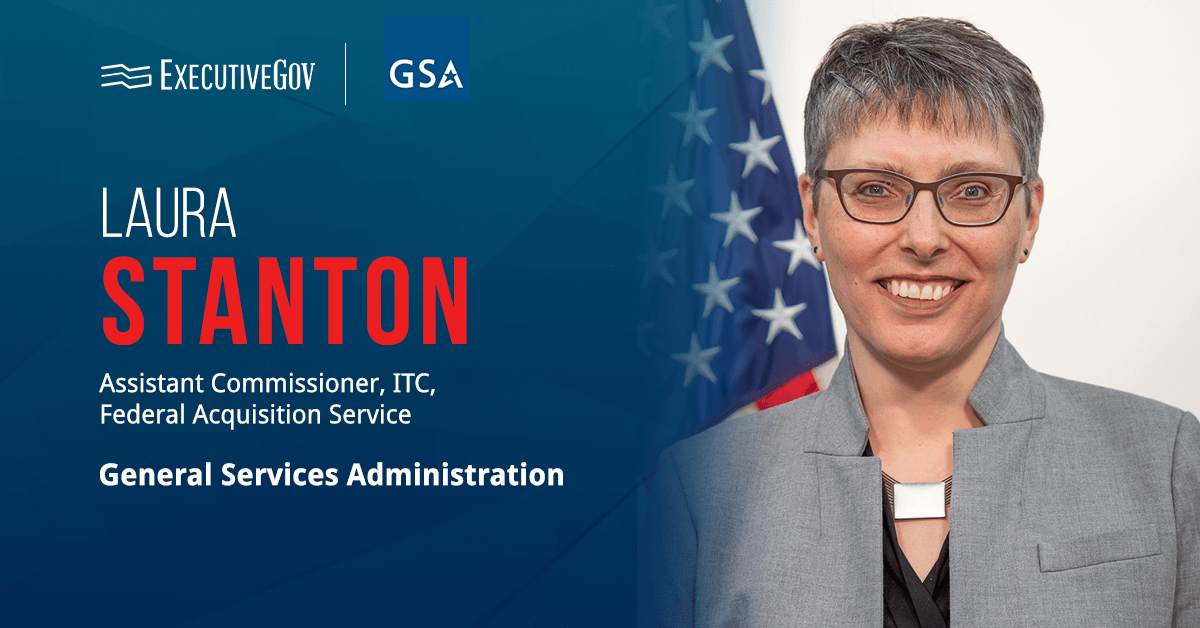A Radiation Tolerant Computer, developed by researchers at Montana State University, is one of the payloads that Firefly Aerospace will deliver to the Moon as part of NASA’s Commercial Lunar Payload Services initiative. Called RadPC, the technology will demonstrate its capability to recover from data and system errors that may occur when computers are exposed to the harsh space environment, NASA said Wednesday.
Table of Contents
NASA to Test RadPC on the Moon
According to the space agency, RadPC will monitor and assess its own health on the lunar surface. The computer is equipped with redundant processors arranged like tile-like logic blocks that can be replaced in case of failure.
The experiment aims to offer a solution to the problem of so-called “single event effects,” which refers to cascading system malfunctions that occur when a high-energy particle strikes computers in space. Even just one particle can lead to system crashes and permanent damage, potentially affecting mission safety and success.
RadPC is designed to identify the location of a particle strike and repair the affected area in the background.
In addition, the computer will also measure levels of radiation in the lunar environment with its three dosimeters, each with varying levels of sensitivity. The dosimeters will also monitor interactions between the Earth’s magnetosphere and the solar winds throughout its journey to the Moon and then study its landing site Mare Crisium to prepare for future manned Artemis missions.
“This is RadPC’s first mission out into the wild, so to speak,” commented Dennis Harris, lunar payload manager and mission manager at NASA. “The RadPC CLPS payload is an exciting opportunity to verify a radiation-tolerant computer option that could make future Moon to Mars missions safer and more cost-effective.”
NASA Prepares for Next Moon Payload Delivery
The next CLPS mission is scheduled for Wednesday at 1:11 a.m. EST. Firefly’s Blue Ghost 1 lunar lander will lift off atop a SpaceX Falcon 9 from Kennedy Space Center’s Launch Complex 39A in Florida.
The lander will carry 10 NASA experiments to Mare Crisium located in the northeast quadrant of the near side of the Moon. The basaltic plain or lunar maria was created by early volcanic eruptions.
Blue Ghost 1 is expected to arrive on the lunar surface in March.
Firefly will deliver multiple scientific experiments and technology demonstrations to the Moon through multiple launches under four CLPS contracts.












